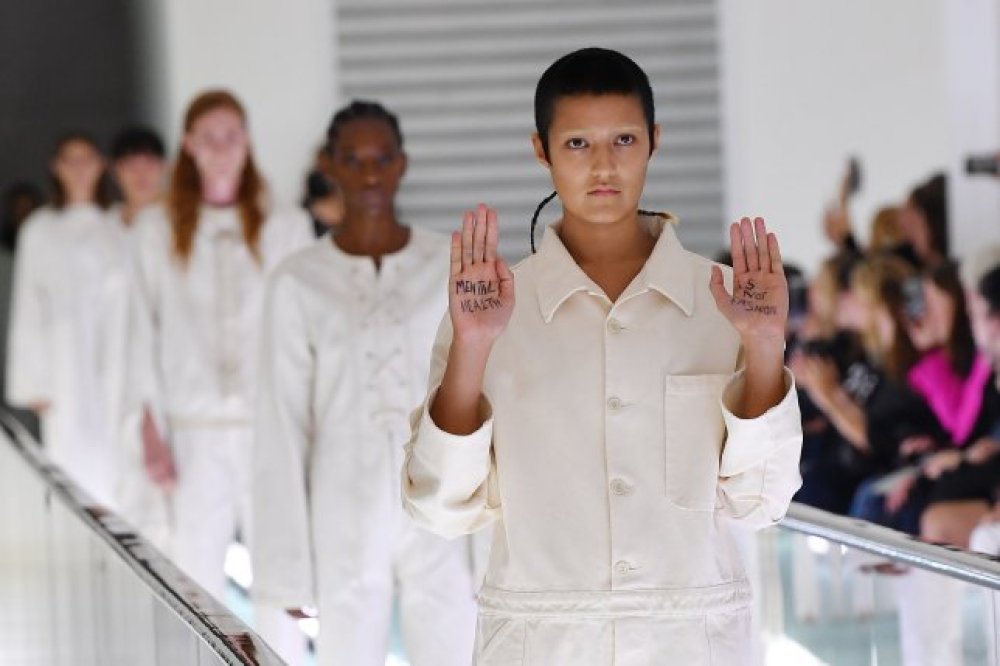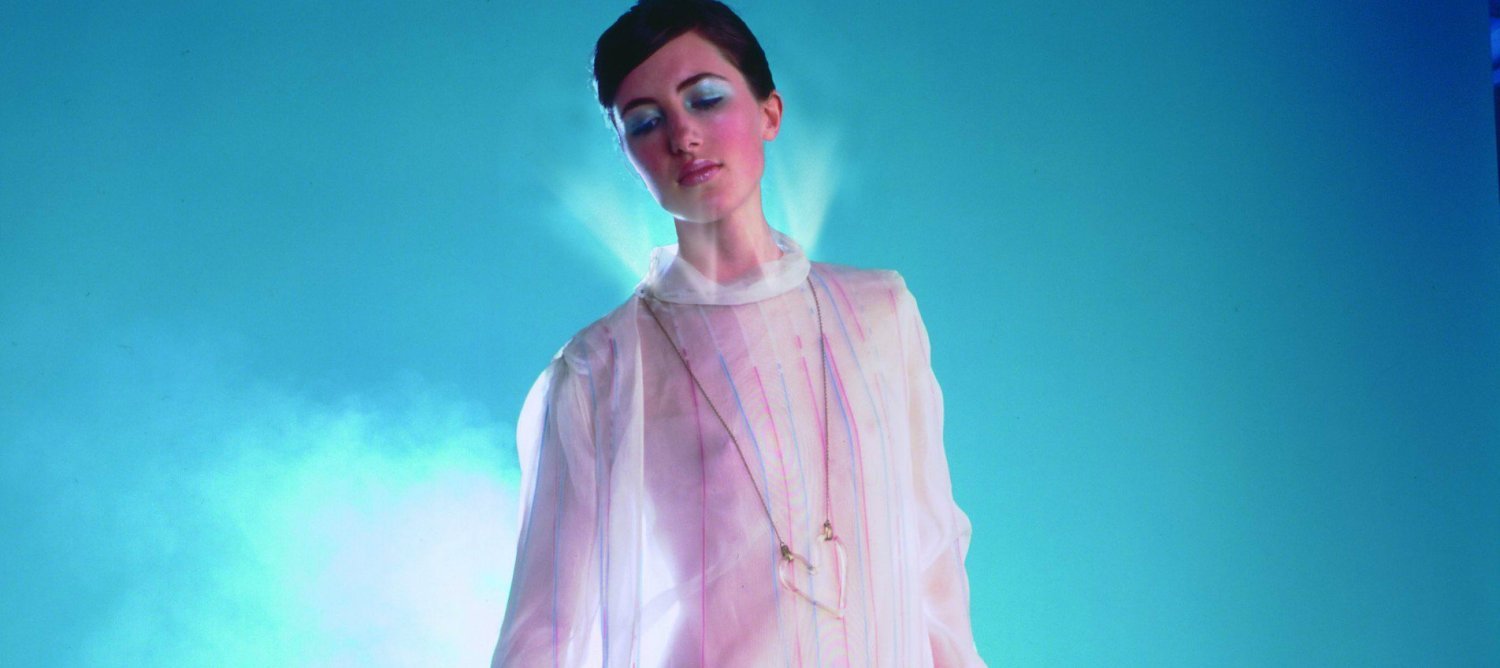Wellness and Fashion Tech: A Combination that Can do Wonders
A MODERN ANCIENT CONCEPT
Wellness is a new term for an ancient concept: taking care of oneself. Wellness isn’t just about health and fitness: how fast we can run or how many cardio classes we fitted in at the gym this week- although that’s part of it. It’s also about taking care of our mental health, relaxation, meditation, eating healthily, taking care of our biome and not neglecting our creative side. In an economy where Millennials, in particular, face uncertainty about the future and simply don’t have the money to buy a big house and fill it with belongings, wellness strikes a chord. They have realised that they can, instead, invest in themselves. The global market for health and wellness reached £532bn in 2016 and is predicted to grow to £632bn by 2021, according to Euromonitor International. A visit to a wellness festival or a yoga studio pass may, on the face of it, be expensive, but people are realising that the self-investment is worth it.
But that’s not to say that this sector of the market completely eschews material belongings. They are interested in themselves, in their health and how they appear to the outside world. So areas of skincare, makeup and fashion are of great importance. Millennials and the generation after them, Generation Z, are digital natives, comfortable with the online world. They are receptive to what technology can do for them. The two trends together mean that they are the ideal demographic for fashion tech. Clothing that looks good, makes them look good, and advances their wellness goals – the ultimate product.
FASHION BOUTIQUES V.S. BOUTIQUE GYMS
The fashion business has seen this and risen to the challenge. Boutique gyms may have replaced clothing boutiques in terms of a luxury destination to spend your money, but those yoga selfies are still going to need some great-looking leggings to get maximum likes. Of course, fashion clothing still counts as a physical item, so it has to earn its place in the budget and wardrobe in terms of what it can do beyond standard fashion parameters. Here are some examples,
1. Wearable X is one of the companies who are looking into this. Their leggings produce haptic feedback to guide the wearer through their yoga practice, sensing where a pose is incorrect and gently buzzing at the relevant spot to help the wearer get it right.
2. Another company is Oysho, who have created ionisied sleepwear. This releases negative ions while the wearer is asleep, in a technology designed to combat the many damaging positive ions we are exposed to through out smartphones, computer screens amongst others. The negative ions promote a natural and restful sleep.
3. Similarly, Under Armour is also making sure that your nights are serene. They have made sleepwear specifically for athletes, to help your muscles recover in the night. They are lined with with a soft bioceramic print, which absorbs the body’s natural heat and reflects it back into the skin as Far Infrared. Infrared has long been used for tissue and muscle recovery, and this is a smart way to use it without needing to spend time on specific infrared treatments.
4. And our previous startup feature, The Future of Walking, have created shoes which clean the air in the personal space of the wearer.
FASHIONING MENTAL HEALTH
Mental health is a part of our overall wellness that we can’t afford to ignore. According to the mental health charity Mind, one in four of us will experience a mental health problem each year. Clothing and mood are closely tied: think of your favourite old sweater that instantly brings comfort, or wearing an attention-grabbing pair of fabulously brightly coloured trousers for a night out – your spirit is lifted just looking at them. Recently, more and more celebrities are becoming open about their own mental health struggles. Depression, anxiety and other conditions are no longer a source of silent shame, and nor should they be. Gucci recently sending models down the catwalk in straitjackets caused model Ayesha Tan-Jones to protest the concept by writing on her hands “mental health is not fashion” as she walked down. While she certainly had a point about the dubious taste of the collection, fashion is not merely frivolous. Fashion can be about mental health, and part of its role can be in lifting this stigma.
The problem is with fashion tech is that it can seem a little soulless. In the dim and distant past, we needed a running coach standing by the track with a stopwatch physically counting how many laps you did and how fast. Now, this process is automated with a smartwatch so that you can be your own coach. This is more democratic, because of course not everybody has the means for a personal trainer. But is it also removing the personal connection?
Smartwatches are still a little glitchy, and sometimes miss a lap, which can be frustrating. But perhaps we can see this a little like human error – a built-in human touch. It is an inevitable paradox: we need efficiency in machines, but when we use machines for our private lives, over-efficiency can end up cancelling out the improvements we seek. Sure, we might have excellent quads, but when our personal best is just between us and our Apple Watch, we could feel a little lonely. Our physical health comes at the cost of our mental health.
So how can we balance this out? Jenny Tillotson’s fragrance wearable releases small tailored doses of alcohol-free perfume via an AI liquid delivery device housed in clothes. It considers the environment in general, the wearer’s personal environment and skin sensitivities, other people’s sensitivities to scent, and is adaptable via machine learning. The idea behind it is to bathe the wearer in their own personal miasma of fragrance which lifts their mood according to what they need at that particular moment. Fragrance and smells have a powerful effect on our mental health.
WELLNESS AND FASHION TECH COMMUNITIES
This is something that the big fashion brands are aware of and seek to address. It’s why sports apps encourage you to join online communities to compare results, challenge and support each other. However, no automated “God job!” response matches up to the same thing from a real human being. Even if that human being is, ironically, sitting behind a computer and at a digital remove. Over a decade ago, Nike launched their Nike+iPod Sports Kit, a sensor which was embedded in the sole of certain running shoes and compatible with certain Apple products to track fitness. On the back of that, they launched the Nike Run Club – which both logs your results encourages you to compare them with friends. LuluLemon created the SweatLife community for the same reason. In this case, the in-store yoga classes, park runs and above all, the two-day SweatLife Festival encourages customers to connect in real life.
In our new fashion tech lab, The Foundry powered by IFA Paris, we are uniquely placed to consider what fashion tech can do to take wellness further. We work with start ups and students alongside more established brands. This means that Millennials, Gen X, Gen Z and all the other generations all have an input and the brilliant thing is the way that each person brings their own thoughts and considerations to the table. The established brands find themselves disrupted by student’s ideas, and the students can learn a lot from the brands. Our own community is a fertile ground to create new fashion products that will improve the way that people live. Fashion tech is the future – let’s make it a healthy and happy one.


